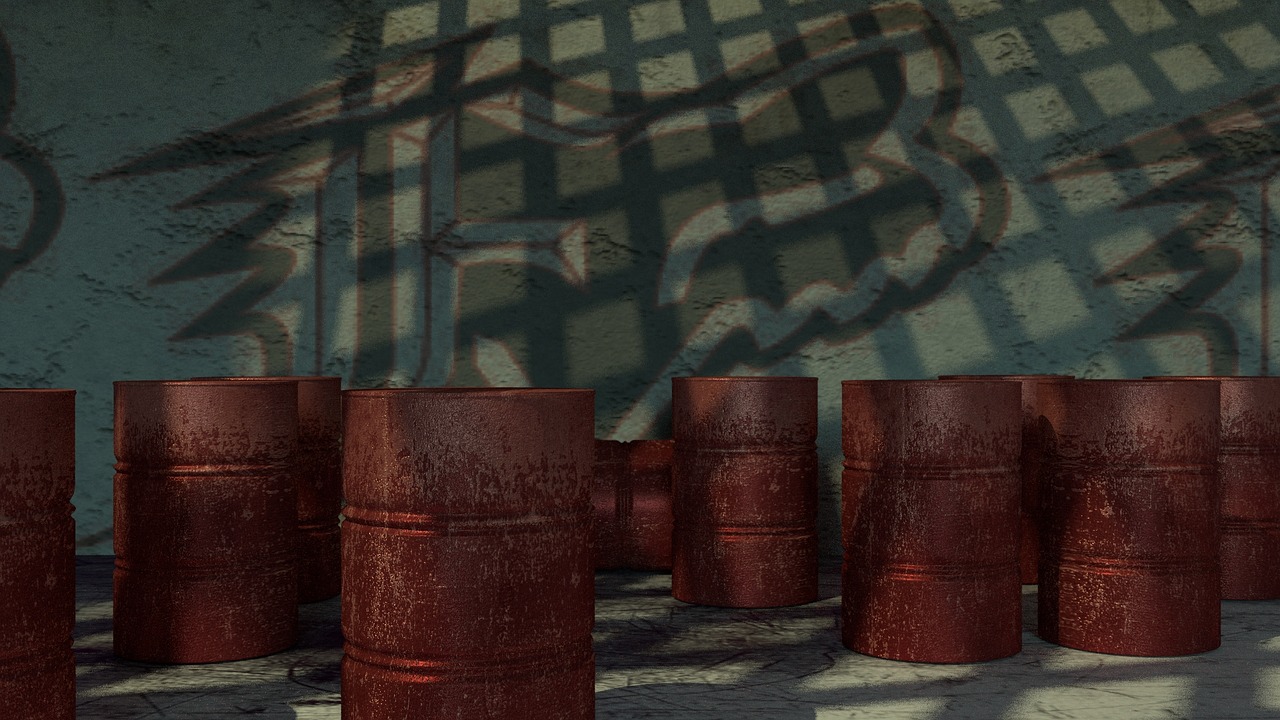

In most cases, goods stored in warehouses are packaged and palletized, making them easily storable in racks or on the floor. I recently stumbled upon a complex storage problem while designing a warehouse for a client in the petroleum industry who distributes bulk liquid products.
The client had approximately 60 different bulk products in inventory and would receive new stocks in trucks with four or five compartments varying from 5,000 L to 18,000 L each. Two types of containers were used in the warehouse to store the goods:
| Tanks | Totes | |
| Volume | 20,000+ L | 1,600 L |
| Location | Fixed | Moveable |
| Use | Storage | Storage, Distribution |
| Allocation to products | Yes | Possibly |
| Price (per litre stored) | Moderate | High |
| Labor to fill (per litre stored) | Low | High |
| Flexibility | Low | High |
| Capacity | High | Low |
| Cleaning required? | No | Yes |
Tanks were used for fast-moving products which required carrying large inventories, while totes were used for slower-moving products. Since the totes were very expensive, the use of tanks was more cost effective on a per unit basis. Tanks also allowed for higher productivity because a truck could directly fill a tank faster than filling multiple totes.
Properly determining the liquid bulk products’ storage requirements was a challenge because we had to take into consideration the potential for contamination and the minimum volume of orders. In our first models, we used the client’s assumption that totes should be allocated to specific products to avoid chemical contamination. This created the need for a very high number of totes in the operation. Further, since the minimum inbound order volume was 5,000 L for a given product, four totes were necessary per product. Yet those four totes were never actually all full. Because of product rotation and the fact that only five different products could be received per truck, there would not be a moment were all slow products would have a full inventory of 5,000 L. Some would be close to being out of stock while others would be full because of a recent inbound arrival.
To reduce the total number of totes needed, we recommended a tote cleaning station so that totes could be used for different products. This allowed the operation to become more flexible with a lower investment. Finding the balance between tanks and totes required optimizing among many constraints, including cost, flexibility, efficiency and safety. The nature of bulk liquid products made the supply chain different from situations we see more typically, and presented an interesting challenge in warehouse design.
